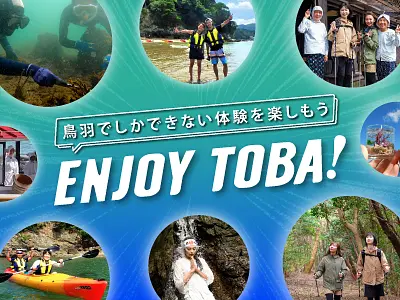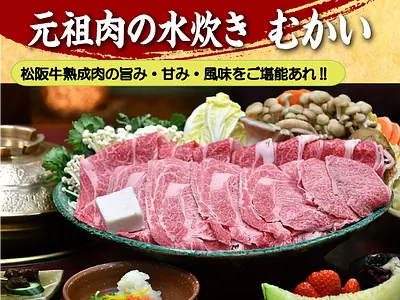Oyster season is here! I went to "Matoya Kaki Terrace" where you can enjoy oyster dishes all year round ♫ I will introduce recommended menus and access etc.
掲載日:2022.11.07
Oysters become more and more delicious as the weather gets colder. So, I went to Matoya Oyster Terrace, which is operated by Sato Farm, the first Matoya oyster farmer certified as the Mie brand, to eat extremely fresh oysters! We will explain recommended menus, access, parking, etc.
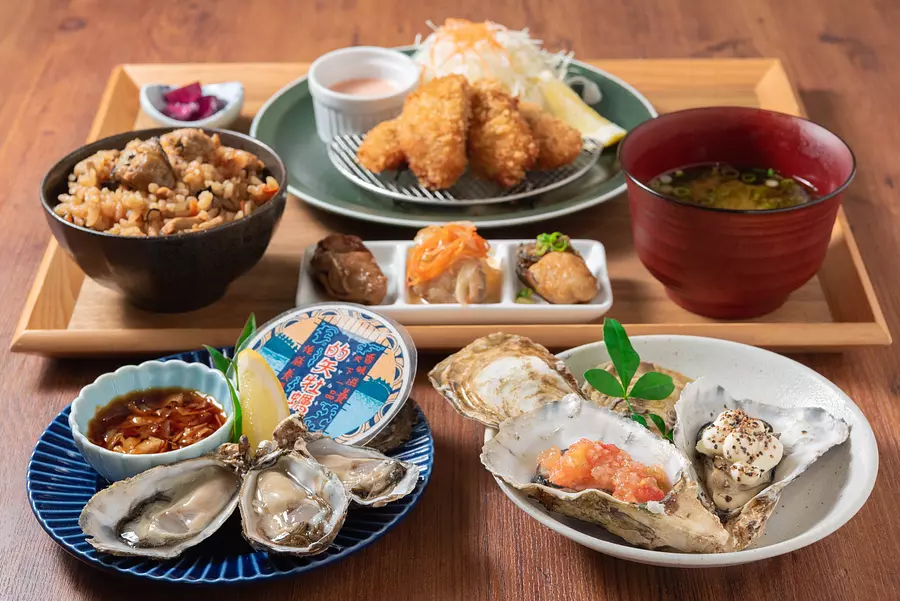
Article production / Mie Travel Gourmet Club Mio Ieda
▼Table of contents
- What is the first Mie brand certified “Matoya oyster”?
- What is “Matoya Kaki Terrace”?
- Can't wait! Delicious target oyster dish!
- In a rich natural environment where target oysters grow
- Basic information and access to Matoya Kaki Terrace
This is Mio Ieda from the Mie Travel Gourmet Club.
I usually travel around Mie Prefecture as a freelance writer and photographer.
We will provide you with the latest and delicious information that we purchase from time to time.
The first one is a restaurant that specializes in oysters, which are now in season.
*This article introduces the contents of an interview conducted in October. At Matoya Oyster Terrace, we use freshly harvested oysters that we farm in-house each season, so individual differences may occur depending on the landing situation. Please note.
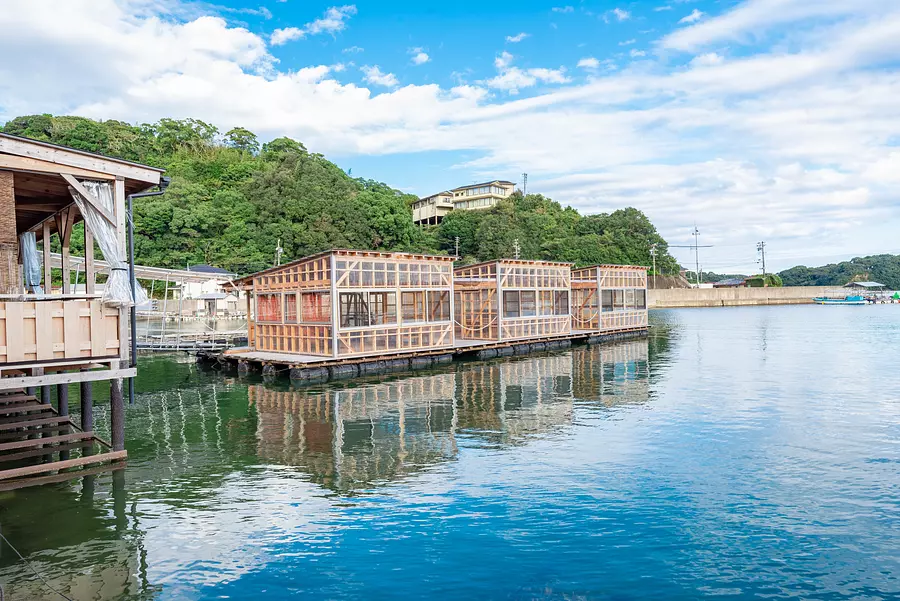
What is the first Mie brand certified “Matoya oyster”?
When you think of Mie Prefecture's representative brand of oysters, the name "Matoya oysters" probably comes to mind for many people.
Oysters farmed in Matoya Bay, where the waves are calm, are known for their delicious taste and high quality, making them safe and secure even when eaten raw.
The Sato Farm is the place that made this type of oyster oyster famous.
Founded in 1925, this company is a pioneer in oyster farming in Matoya Bay, and has devised a method to grow oysters that are safe to eat raw by raising them for a certain period of time in seawater sterilized with ultraviolet light. Top runner in the oyster world.
The ``Mie brand'' is given to products that are considered to be particularly superior among the products and processed products that take advantage of Mie's regional characteristics, such as Mie's rich nature and traditions.
Sato Farm's Matoya oysters were the first certified products along with Matsusaka beef, spiny lobster, pearls, and abalone.
This award was awarded to the company for its advanced technology for growing oysters that are safe to eat raw and for its production standards that are considerate of the marine environment.
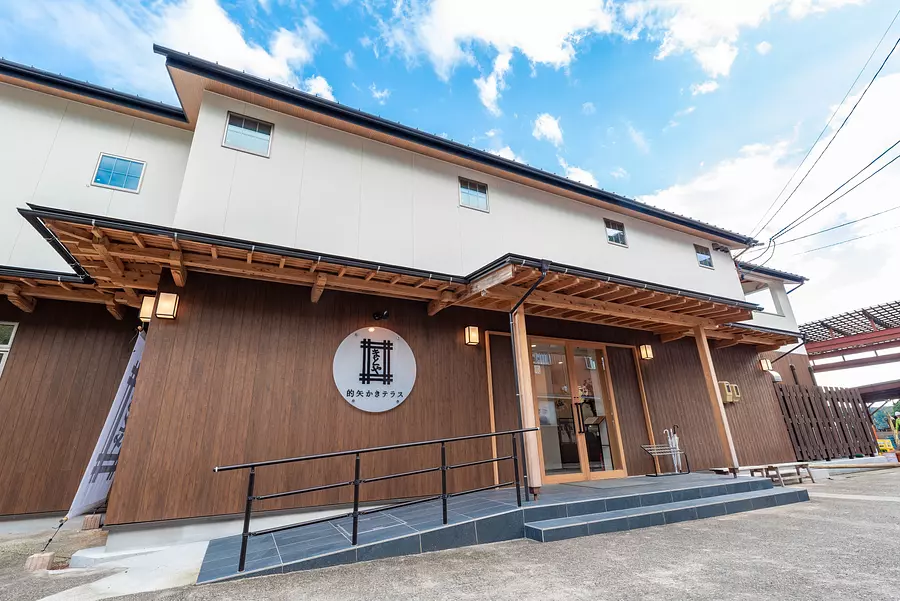
What is “Matoya Kaki Terrace”?
Sato Farm has only been selling oysters wholesale and retail, but on January 26, 2022, the long-awaited restaurant ``Matoya Kaki Terrace'' opened.
The biggest feature of this restaurant, which is located right next to the Sato Farm workshop, is that you can eat oysters grown in-house all year round.
The main dish is Matoya oysters in winter, which are in season from November to Golden Week. This is a specialty product with a distinct sweetness and umami, without the unique odor and harshness of oysters.
Next up is Iwagaki, a large and creamy sea milk dish. It can be eaten from around Golden Week until around the end of August.
The oysters that can be eaten from around Obon to around October are ``seasonal raw oysters,'' which are cultivated using a special technique so that they do not contain eggs. Although the grains are small, they have large scallops and are packed with umami.
Generally speaking, oysters are known as a winter food, and eating them in the summer is said to be ``aru'', but we have overcome these concerns by devising the types of oysters and how they are raised.
So, without further ado, let's go to the store!
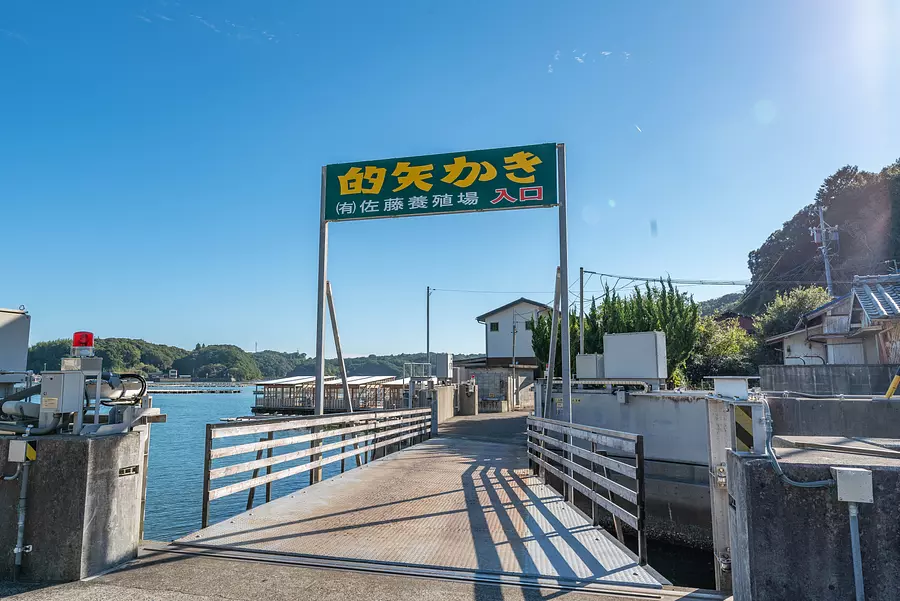
Pass through the sign that says ``Matoya Kaki Sato Farm Entrance'' and head to the store.
If you come by car, please park in the large area in front of this sign.
As soon as you walk, you will see the store on your left. It is a clean building with white walls and wood as the main theme.
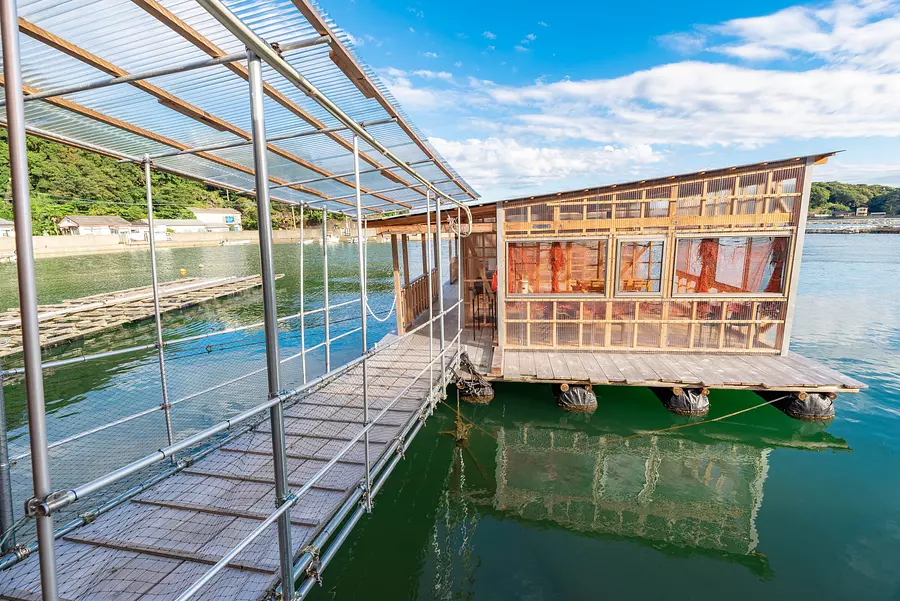
When you enter, there are tables lined up, but the recommended seats are further back.
There is an oyster house-like building floating on the sea!
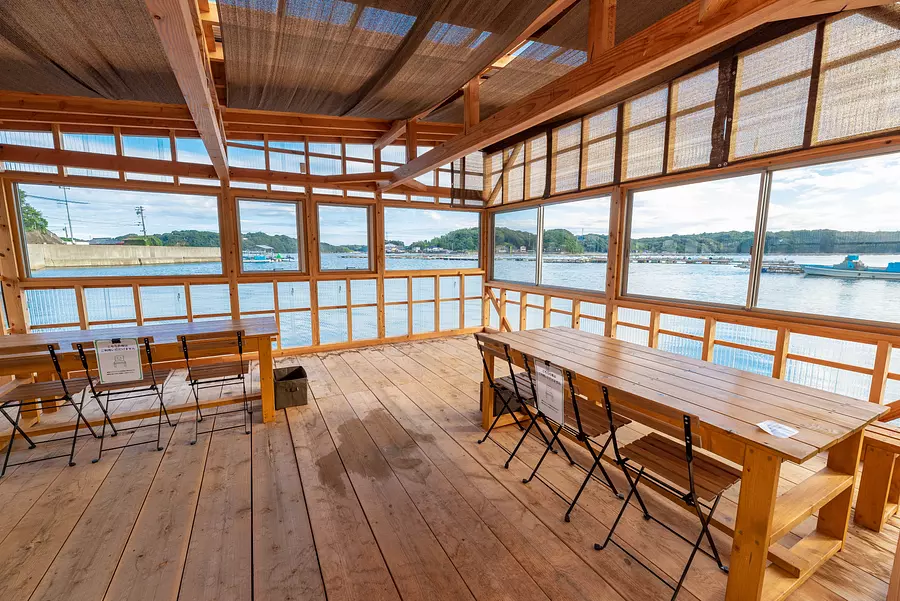
From the seats on the sea pier made of wood and transparent corrugated sheets, you can see the boats coming and going in the bay and the oyster farming process, and you can feel that you are actually in the field of oyster farming.
You might think that being on the sea = cold, but don't worry even during the cold season as the air conditioner is working properly.
This restaurant boasts that there is seating on the second floor of the building, and all seats have an ocean view.
Seats on the sea pier fill up quickly in the winter, so if you're interested, don't forget to make a reservation by phone.
Can't wait! Delicious target oyster dish!
Oyster set meal
Now, let's look forward to the oyster dish, which is the highly recommended ``Oyster Set Meal'' (3,950 yen) at Matoya Kaki Terrace.
Oysters are used in every dish, from appetizers to main dishes to rice, so it's literally all about oysters.
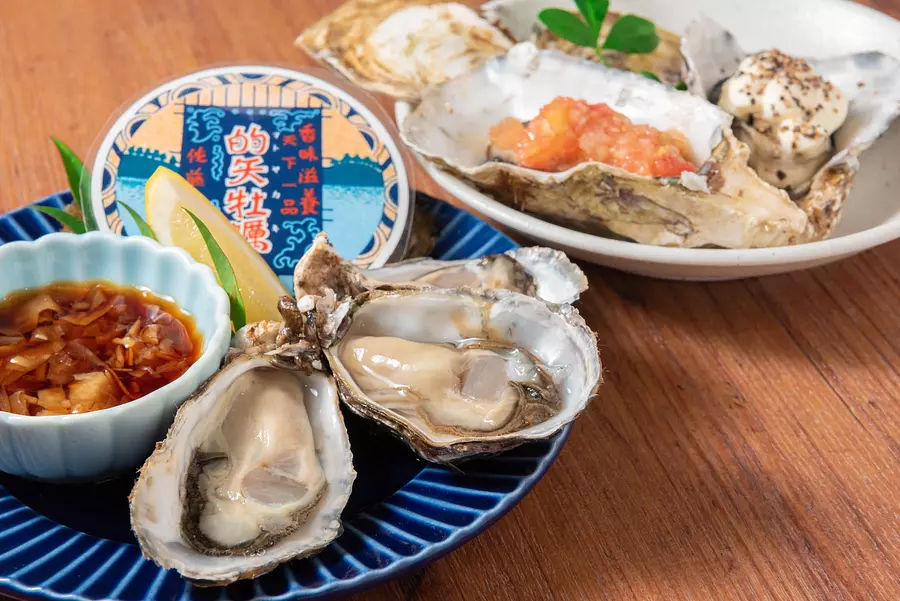
The first thing that comes out is ``Seasonal Raw Oysters'' and ``2 Types of Cold Oysters with Sauce'' (both available only in the summer. In the winter, ``3 Types of Grilled Oysters'' and ``3 Types of A La Carte'' are available. ).
The juiciness and freshness of raw oysters! Can you tell from the image?
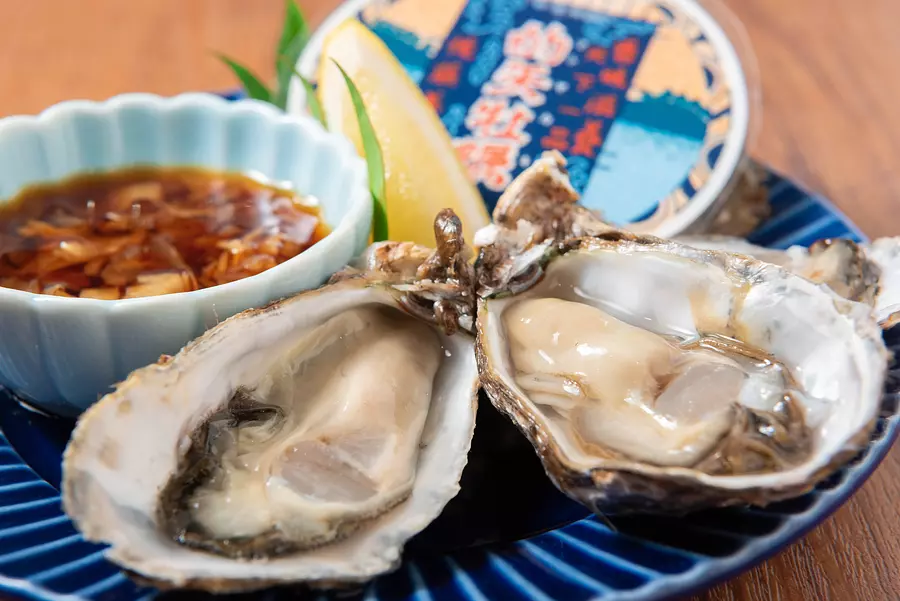
There's no need to mention how well the raw oysters and lemon go well together, but what surprised me was the good balance between the accompanying ponzu soy sauce and sweet pickled ginger (gari) sauce.
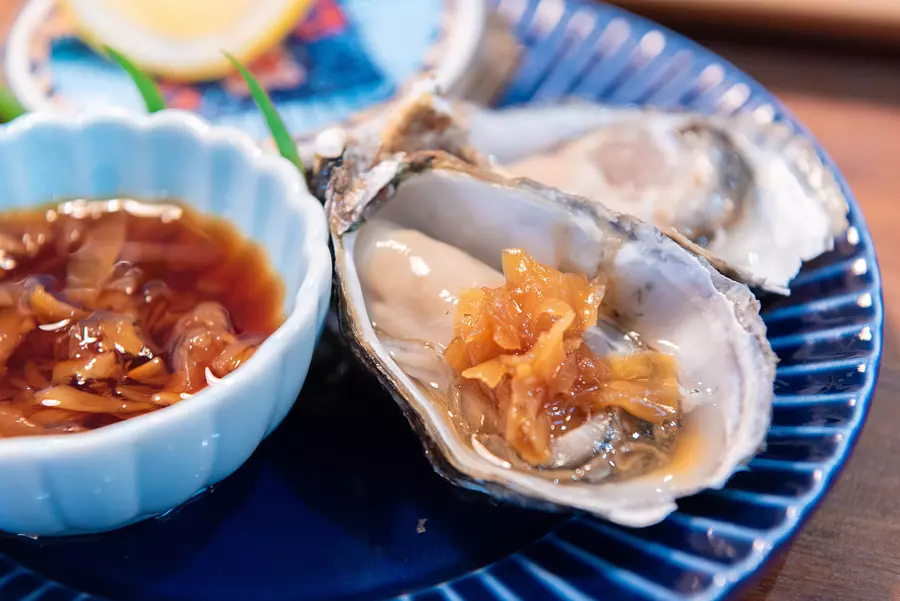
The sourness of the sauce brings out the sweetness of the oysters.
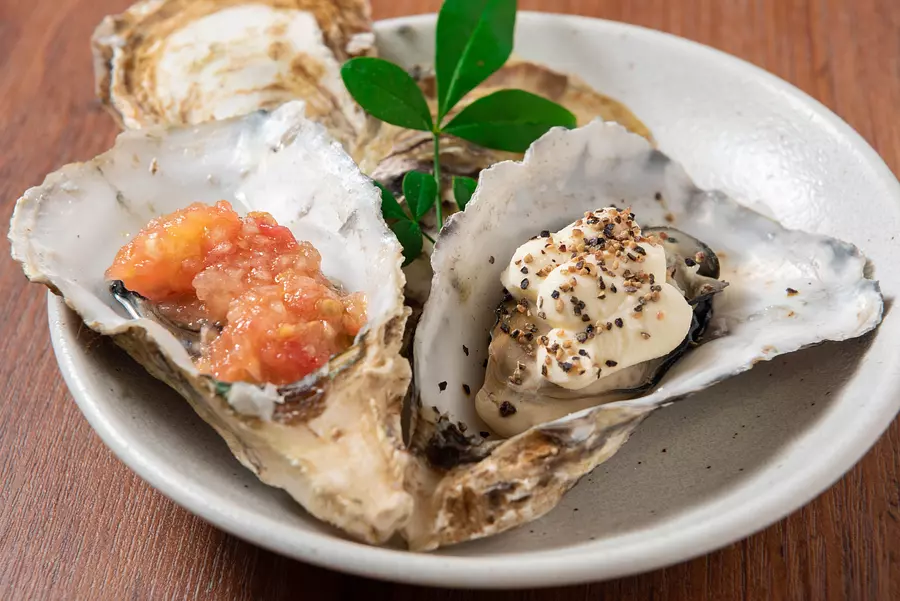
The oysters in cold sauce are lightly steamed and topped with fresh tomato and onion marinade, cream cheese and black pepper.
The oysters are semi-raw, making them more plump, giving you a different texture than raw oysters, and they are full of umami.
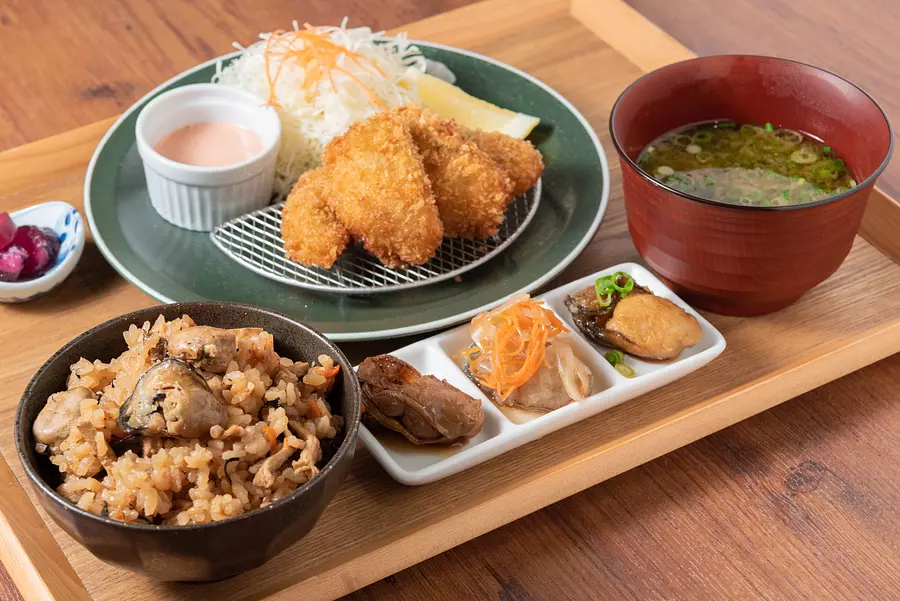
Next, fried oysters, oyster rice, three types of a la carte, and miso soup with seaweed are served on a single tray in a set meal format.
Yes, it's here, everyone's favorite fried oyster.
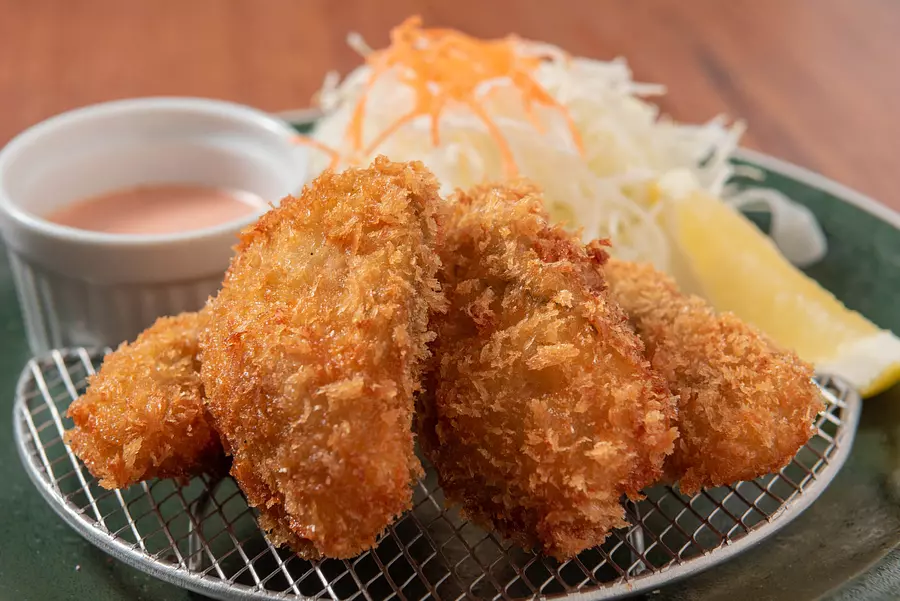
The oysters are wrapped in a thin batter and are packed with piping hot extract, and when you bite into them, the deliciousness spreads out.
And what is lined up in front of you is "3 types of a la carte". From the left of the image, there are three types of oysters: boiled oysters, pickled oysters, and fried oysters with sweet sauce.
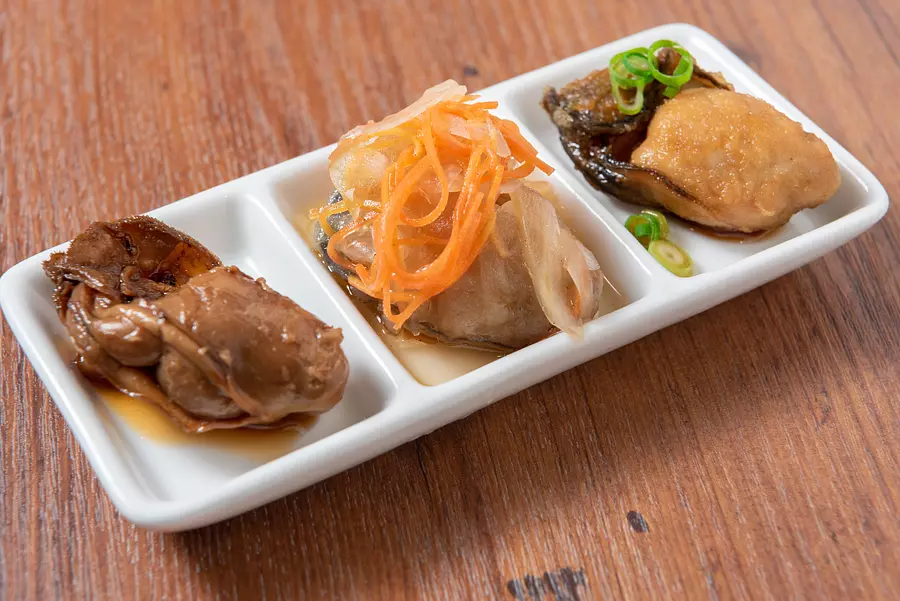
Even when cooked, the oysters are this big, so even just one oyster is satisfying.
*As we use freshly harvested oysters that are farmed in-house each season, individual differences may occur depending on the landing status. Please note.
By the way, Nanbanzuke turns into oyster namero in the winter, so I'd like to try that too!
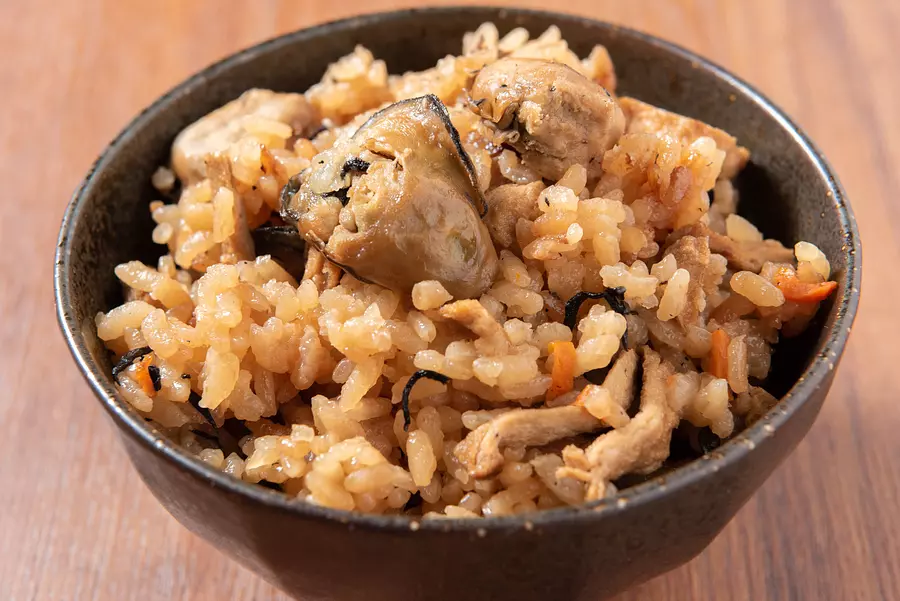
Then, fill your stomach with oyster rice filled with plenty of oysters and miso soup with seaweed harvested from Matoya Bay.
There's more! Recommended menu
In addition to this, there is also the ``Kaki Terrace Bowl'' (2,900 yen), which is topped with raw oysters, salmon roe, and seaweed.
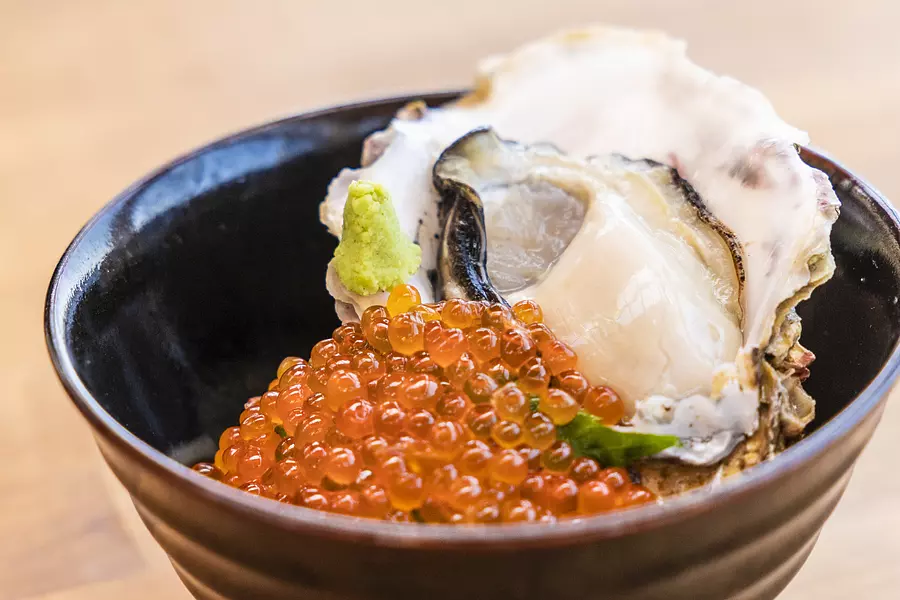
The lineup includes bowl dishes and set meals such as the ``Fried Oyster Set Meal (1,980 yen),'' as well as individual menu items such as ``Oyster Gratin with Homemade Béchamel Sauce (390 yen per piece, winter only).''
Dishes other than oysters are also available, such as the Fried Shrimp Set Meal (1,680 yen) and Today's Tuna Bowl (1,980 yen, summer only).
Very popular in winter! Kankan-yaki!
Furthermore, in the upcoming season when the ban on Matoya oysters has been lifted, the popular ``Kankan-yaki'' (from 2,160 yen for 6 pieces, scheduled to be available from mid-November) is popular.
*Please note that as of November 2022, all-you-can-eat oysters are not available.
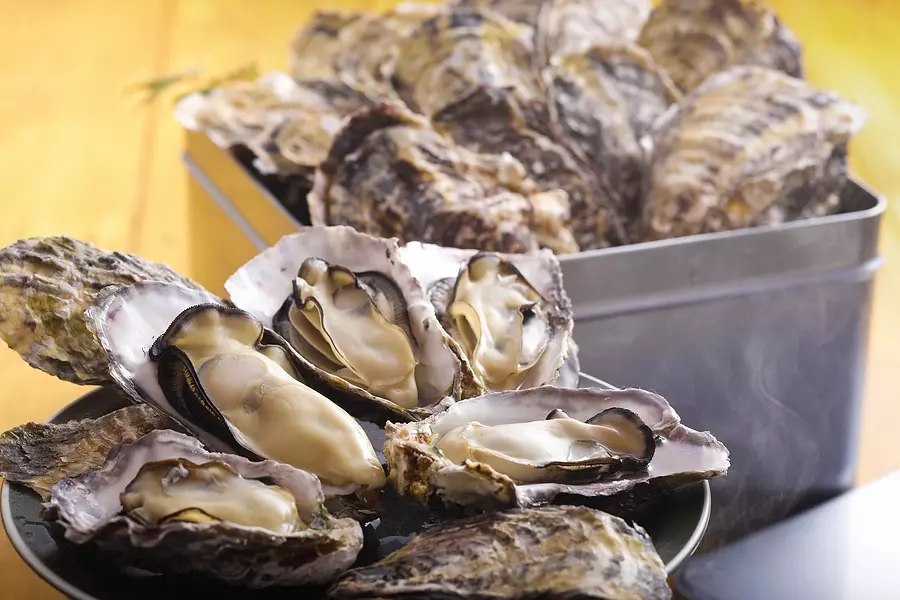
As the name suggests, oysters are stuffed in their shells into a large can and then steam-roasted.
It's a simple way to eat oysters that allows you to enjoy the deliciousness of oysters directly, without adding any seasonings.
The oysters used at Matoya Kaki Terrace are the freshest, freshly caught within an hour of being caught.
Therefore, although there was nothing particularly elaborate, I was impressed by the fact that there were many dishes that allowed you to enjoy the deliciousness of the ingredients themselves.
You can feel the strong desire of a farmer to let people enjoy the deliciousness of oysters harvested right in front of their eyes.
In a rich natural environment where target oysters grow
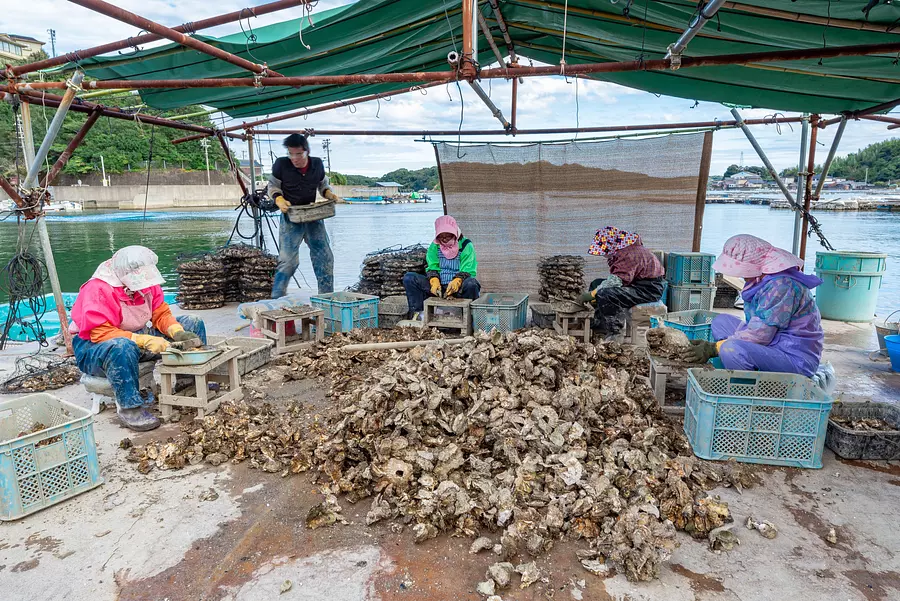
The shop is adjacent to the Sato Farm's workshop facing Matoya Bay, and you can see the busy work at the Sato Farm when it's time to ship Matoya oysters.
Oysters from Sato Farm are only shipped if they are selected by the craftsman's strict eye.If the oysters are landed but do not meet the shipping standards, they are returned to the sea and carefully raised until they are well stocked. It seems so.
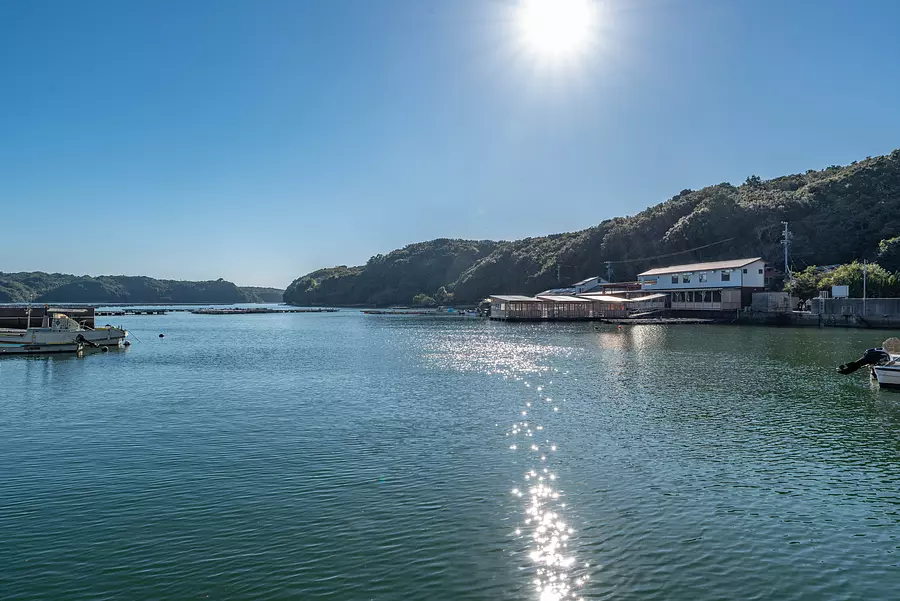
Matoya Bay, where Matoya oysters grow, is a nutrient-rich sea as three rivers flow into it, including the Jinji River, which originates from the mountains of IseJingu. Furthermore, the water is clean as it is not mixed with household wastewater, making it a suitable place for oyster farming.
The Sato Farm has been cultivating oysters at that location for over 100 years, and continues to grow oysters that are particular about taste and quality, using the discerning craftsmen and advanced techniques.
Sato Farm's Matoya Oysters, which were selected as the first Mie brand certified, are available this winter.
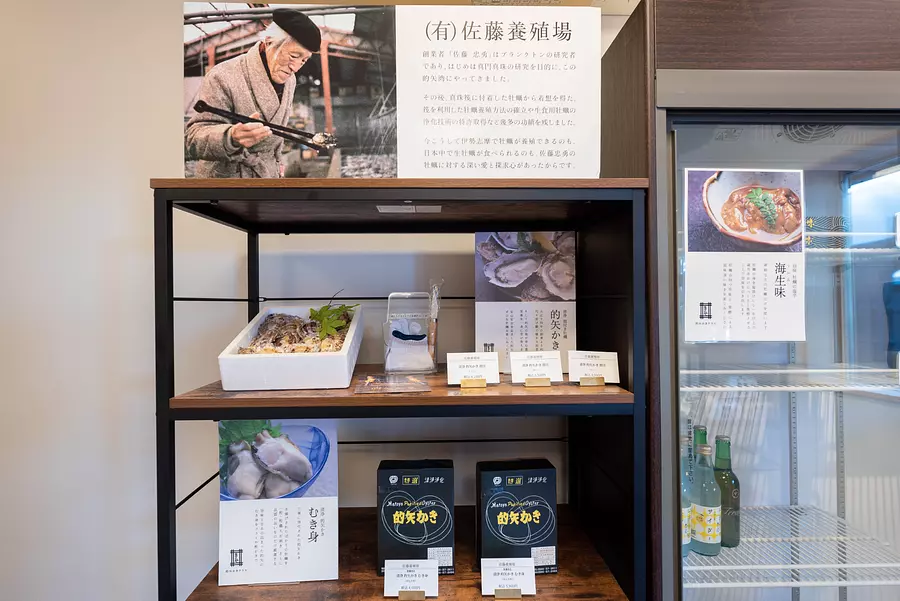
The store will reopen on November 1st. In addition to selling raw oysters, we also sell seafood collected by local Ama divers and alcoholic beverages that go well with oysters.
We welcome visitors just to shop, so if you're looking for Shima-esque souvenirs, please visit here as well.
Basic information and access to Matoya Kaki Terrace
Address: 889 Matoya, Isobe-cho, ShimaCity
Phone number 0599-57-2612 (Reception: 9:00-17:00, *It may be difficult to connect during business hours)
Business hours 10:00-15:00 (last order 14:30)
Closed on Mondays (Tuesdays from 2023)
Access: 15 minutes by private car or taxi from Kintetsu Ugata Station
Parking lot 18 spaces (free)
URL https://seijyoumatoyakaki.com/matoyakakiterrace/
| Category | |
|---|---|
| season | |
| area |

